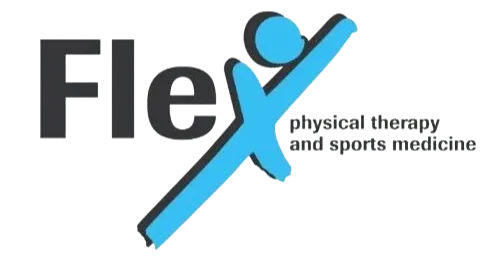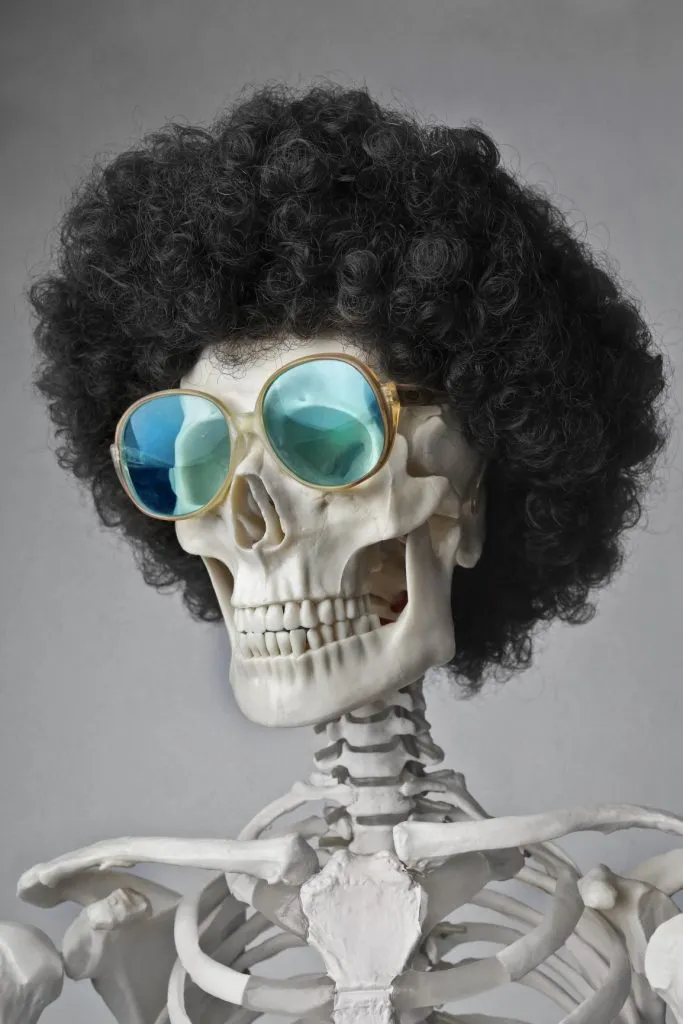
Today we are talking about back pain and I want to reveal, after all these years of practice, three of the main keys to focus on if you want to relieve your back pain. Let’s face it, we’re in inpatient society. We want immediate gratification and we want it now. We don’t want to wait. However, we do not want a fix that is short term; we want it to be permanent. We truly do want our cake and eat it too. I’m super excited to be sharing this stuff with you because it is great information that’s going to help you. Also, it’s something that you can take and use right now to help relieve your back pain.
I’m going to provide you with an example with my assistant, Billy Bob. Billy Bob has lost a little bit of weight because he’s been participating in our four-week weight loss system for busy moms and dads. He looks fantastic, but Billy Bob has a problem. He has back pain and he needs to know what the first key is to take care of. This key is very overlooked. I can’t tell you how many times I talked to clients that have been treated multiple times at other clinics. I certainly do not want to dismiss what other therapists are doing, but I cannot believe how overlooked this is.
Relieve Back Pain Key Number One: The Psoas Muscle
The first key is you must stretch your psoas muscle. Think of this as your hip flexor. This is your primary muscle of your hip flexor group. The psoas muscle is located deep inside. The muscle attaches to the vertebrae on both sides, then also on little pieces of bone that stick out, which we call the transverse processes. This comes down and comes through the abdominal pelvic area. There’s another muscle that lines in the pelvis called the Iliacus. Together, they become the iliopsoas, and they travel all the way down and they attach themselves to a little bony spot on your femur. When that muscle contracts, it lifts your leg up, which is why we call it the hip flexor. The thing that’s important about this muscle and a reason that we’re going to talk and spend so much time talking about it is…
This muscle is the only muscle in the body that connects the lower part of your body to the upper part of your body.
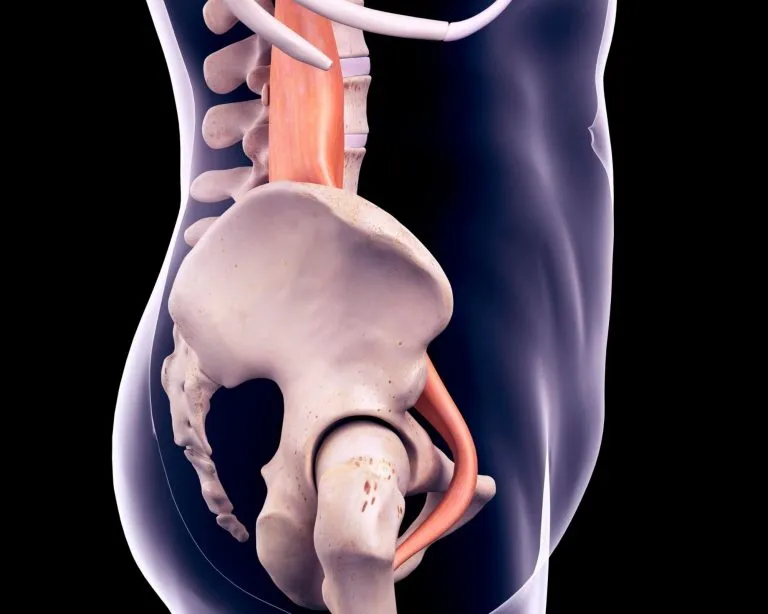
There are other muscles that go from the pelvis to the leg and from the spine to the pelvis, but this is the only one that crosses that entire distance. Therefore, it has a huge impact on back pain. This muscle will have the greatest impact on your pain and overall health. It stabilizes your spine and it helps produce your leg movement. As I mentioned, when you can imagine this muscle contracting, it’s going to pull your legs up, or it’s going to bend you forward. Due to the large demands on this muscle, it tends to become problematic. One of the main problems is sitting. The amount of sitting that we do in our society and lifestyle today causes problems with this muscle.
So, if I bring my legs up, like in a sitting position, that muscle’s going to adaptively shorten. Then, with that adaptive shortening, it eventually tightens and starts to go into a spasm. When this happens, it loses its ability to function properly. Think of it as making a fist. When you squeeze your hand into a fist, your knuckles are going to turn white, which is what is happening to your hip flexor muscle. It becomes hypertonic and the blood flow, just like to your knuckles when you’re squeezing hard, decrease, which creates a whole set of problems.
What Happens When the Muscle Becomes Hypertonic
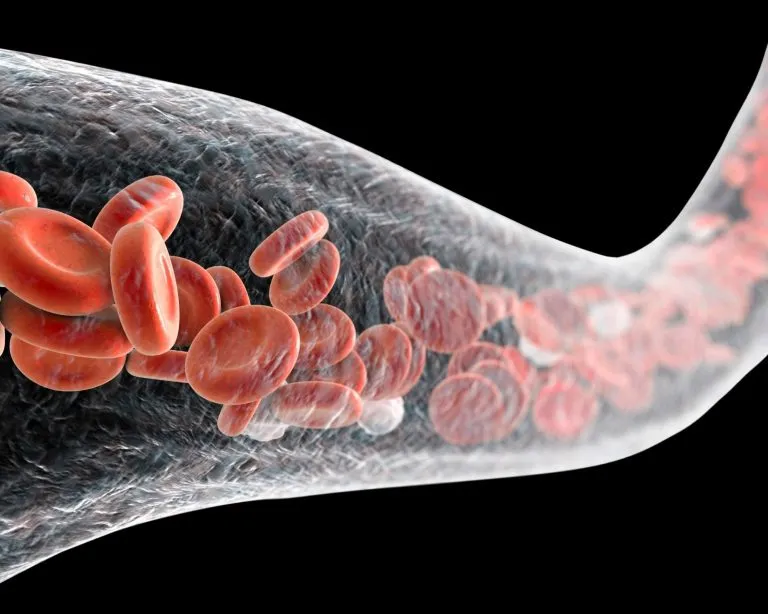
Decrease in blood flow causes a buildup of waste products causing increased pain, irritation, and inflammation. Then, when you stand, you’re going from a position where it’s shortened and tight and you’re putting slack on that muscle. When you stand, even though it doesn’t hurt, the muscle is being pulled down. When this happens, it’s like someone taking their hand and pulling on the spine and it creates compression. It creates compression on the spine, discs, and on the backside.
If you can imagine the lumbar spine being pulled forward, this creates a compression of the Facet joints, which are these little joints in the back of the spine, and they wear out over time. That’s when you start getting a bone spurs that start to pinch the nerve. This all occurs over the course of years. Usually, back pain as a result of just one injury. It’s almost always a product of too much stress over time. So again, think of it as somebody just reaching in and grabbing a hold of your back or your spine and pulling their hands forward on it. It obviously wouldn’t feel too good. Therefore, you must stretch, and you must address the psoas muscle.
Relieve Back Pain Key Number Two: Strengthen the Right Muscles
Key number two is that you must strengthen the right muscles. Every part of your body has two opposing muscle groups. Using the arm for an example, you have the bicep, which is the muscle on the front. Then, on the backside, you have the triceps. These muscles must be imbalanced with each other. Otherwise, if one overpowers the other, your arm would either stay permanently locked, or it would bend all the way. However, when you do bend your elbow and flex it, causing the bicep to contract, the brain must send a signal that tells the triceps to relax. When one muscle group is contracting, the opposing muscle group must relax and vice versa. Now, how does that affect your spine?
The Gluteus Maximus
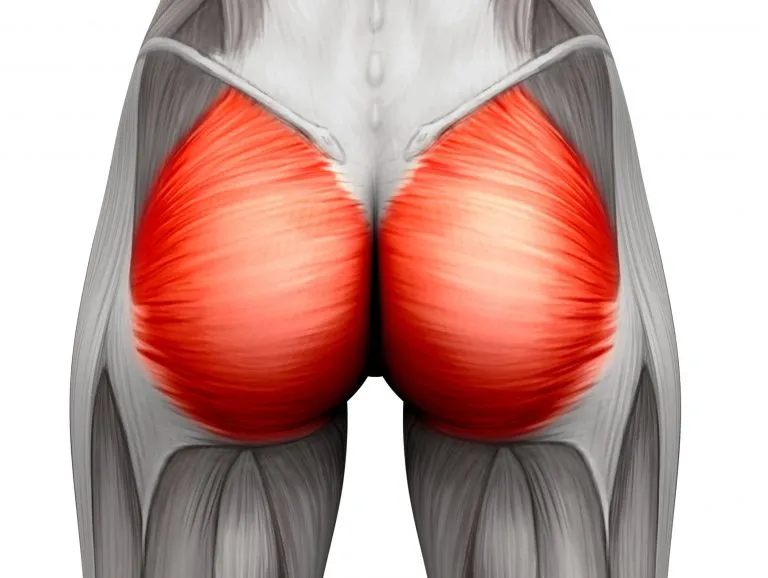
The psoas has an opposing muscle, which is the gluteus maximus. The gluteus maximus is designed to pull your leg back. This muscle attaches down to your femur and it extends, while stabilizing your spine through its action in effect on the pelvis. Now, the problem is when the psoas muscle is too tight, your brain starts to shut off the neurological impulses to those gluteal muscles. It reduces the neurological activity and the muscle firing decreases. When that happens, this is called reciprocal inhibition. This is when the muscle group starts to get very weak, which means the gluteal muscles will start to weaken and you will start losing stability of the spine. You can see this in people that have back pain. If you take the time to observe them, you will see atrophy or loss of muscle of their gluteus.
Some may call it “The Disappearing Butt Syndrome” or “Old Man Butt”, but either way, the gluteal development has decreased. For anyone that has back pain, you can tell right away that it is an issue. Therefore, you must address the gluteal muscles. The other thing that’s important is you must address the lower abdominals. Your abdominal muscles are divided into an upper half and lower half. The lower abdominals, which form a corset around your midsection and help support your spine, are key. Then, the other two muscle groups are your quadriceps and your hamstrings because of how they support the pelvis and the lower part of the body.
Relieve Back Pain Key Number Three: Neutral Spine
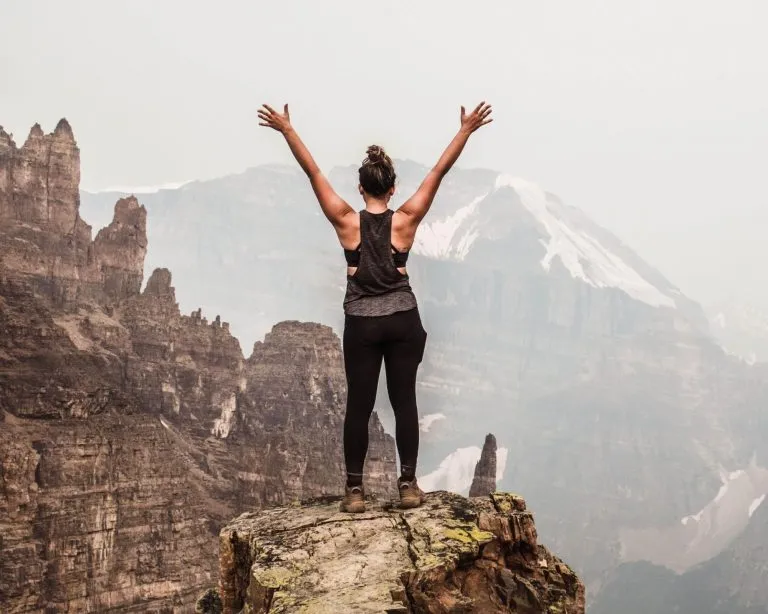
Key number three is that you want to keep your spine neutral or in neutral positions when you’re doing work or repetitive activities. Your spine has three natural curves. In the lumbar or lower spine, it curves in just a little bit. Then, in the thoracic or the upper back, it will curve out a little bit. In the neck, it will also curve in a little bit. Those natural curves are designed to help distribute the load of the body and to provide a cushion. If the spine was completely straight, loading weight would be way too much.
So, it helps to distribute the forces a lot more effectively when you’re moving, bending, twisting, and lifting. However, what gets us into trouble and is when we lose those curvatures. You see, the spine is stronger with these natural curves. Think of your spine as a shock absorber or a spring. If this spring is too straight, there is going to be a problem, but if it’s curved too much in either direction, that’s going to result in damage too. If it curves in too much, which is called lumbar lordosis, it’s going to result in damage.
If you’re moving, lifting, bending, or twisting, you want to keep your spine in a neutral position.
This means when you bend over to lift, you need to squat down, keep a little curvature in your spine, and keep your back arched just a little bit as you go down. You’ll want to use your legs and your knees, and those strong, power muscles to lift and not just the spine. Something that I see time and time again is someone relaxing their back to bend over to pick something up, while not bending their knees. If you do that repetitively, it’s going to place that extra stress and it’s going to wear things out. In order avoid this damage, it’s important to tighten your abdominals and keep a little natural curve in your spine when you perform lifting.
In Summary
The three keys are to stretch the psoas muscle, strengthen the key muscles, primarily the glutes, lower abdominals, quadriceps, and hamstrings, and keep your spine in a neutral position. Keep your abdominals engaged when you’re lifting, and this will protect those natural curvatures. If you can do those three things, your back will start to respond.
I’d like to leave you with a quote from Nelson Mandela. He said, “We must use time wisely and forever realize that time is always ripe to do right.”
By the way if you would like your feel copy of our E-book send me an email at mike@flex-pt.com or shoot us a message on Facebook.
Until next time, let’s stay healthy and keep moving forward.
